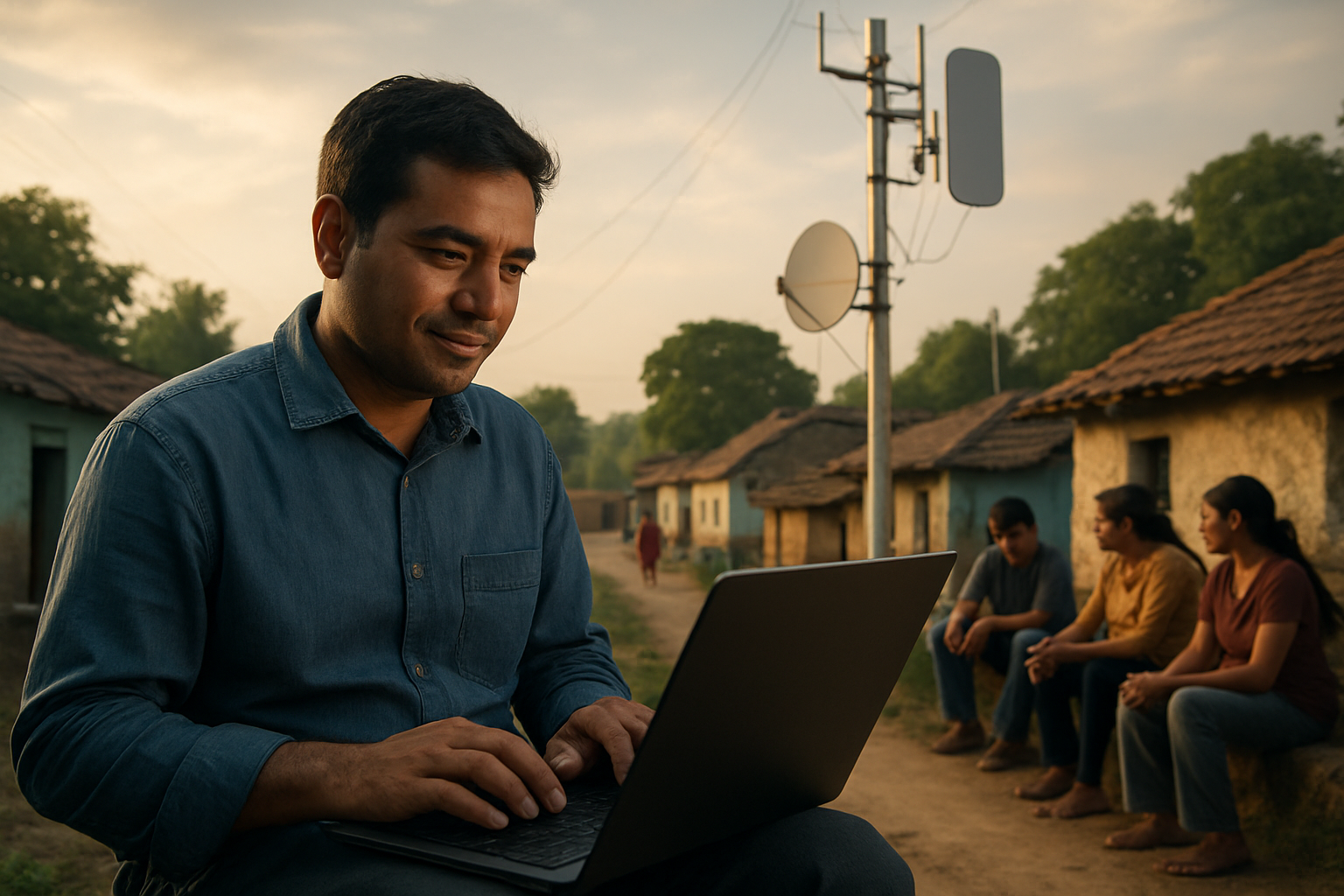Bridging the Digital Divide: The Role of Community Networks
The internet has become a critical part of our daily lives, shaping how we work, learn, and connect with others. Yet, despite its importance, a significant portion of the global population remains unconnected. This digital divide is a pressing issue, particularly in rural and underserved areas. One solution that is gaining traction is the concept of community networks. These are locally owned and operated networks that aim to provide affordable, reliable internet access to communities that traditional telecom companies often overlook.

The Genesis of Community Networks
Community networks are not a new concept. They have their roots in the early days of the internet, when hobbyists and tech enthusiasts set up local networks to share resources and connect with others. Over time, these grassroots efforts evolved into more structured and organized initiatives, driven by a common goal: to bridge the digital divide and ensure that everyone, regardless of their location or socio-economic status, has access to the internet.
The development of community networks has been facilitated by advancements in wireless technologies, which have made it easier and more affordable to set up and maintain these networks. Moreover, the rise of open-source software and hardware has further lowered the barriers to entry, allowing communities to build and manage their networks with minimal resources.
The Current Landscape of Community Networks
Today, community networks are found all over the world, from remote villages in Africa and Asia to underserved urban neighborhoods in North America and Europe. These networks vary in size and complexity, but they all share a common ethos: they are built by the community, for the community.
One of the key trends in the community network space is the growing recognition of their value by policymakers and regulators. In many countries, governments are starting to see community networks as a viable solution to the digital divide, and are implementing policies and regulations that support their growth and development.
The Impact and Challenges of Community Networks
Community networks have a profound impact on the communities they serve. They provide affordable, reliable internet access, enabling residents to access online services, educational resources, and economic opportunities. Moreover, because these networks are locally owned and operated, they are often more responsive to the community’s needs and priorities than traditional telecom companies.
However, community networks also face significant challenges. These include technical issues, such as network maintenance and troubleshooting, as well as regulatory hurdles, such as obtaining spectrum licenses. Additionally, community networks often struggle with sustainability, as they rely on volunteer labor and community resources.
The Future of Community Networks
Despite these challenges, the future of community networks looks promising. As technology continues to evolve, it is becoming easier and more affordable to set up and maintain these networks. Moreover, the growing recognition of their value by policymakers and regulators is likely to lead to more supportive policies and regulations.
In conclusion, community networks represent a powerful tool for bridging the digital divide. By empowering communities to take control of their connectivity, these networks are helping to ensure that everyone, regardless of their location or socio-economic status, has access to the internet. As we move forward, it will be crucial to continue supporting the growth and development of community networks, and to recognize their role in creating a more inclusive and connected world.





